Camera Megapixels for LiDAR: Why More Isn’t Better – YellowScan
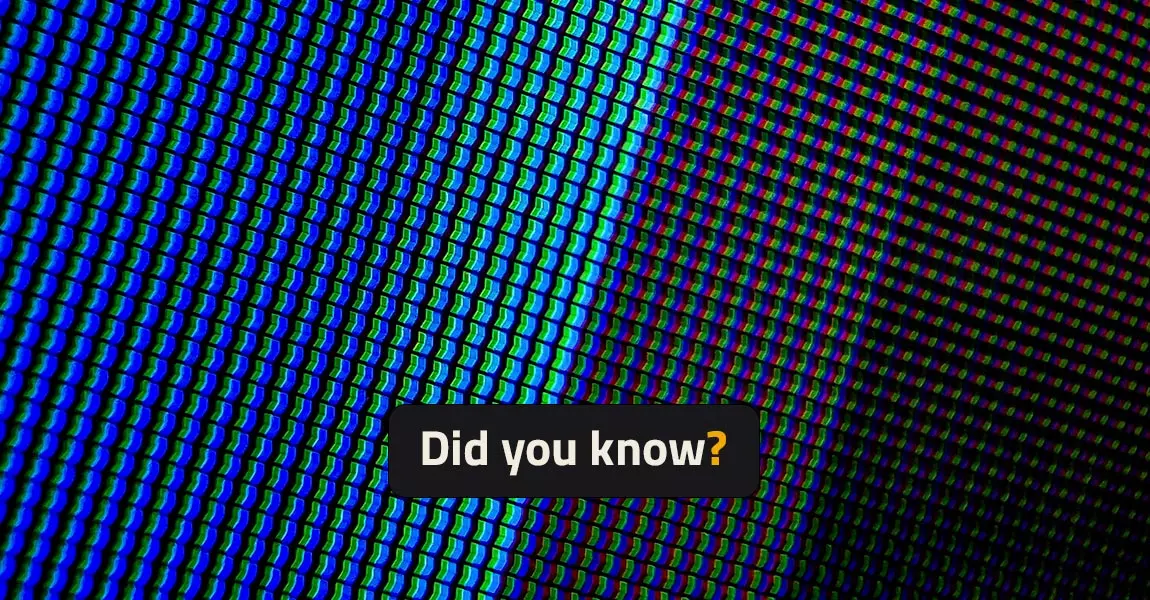
Back to basics
A photosensitive sensor is composed of a multitude of pixels, a surface area that is mostly square in shape. These pixels are a component of photodiodes that convert light into an electrical signal.
There is a common belief that the more pixels there are, the better the picture, but this is not quite true! In photography many parameters come into play that modify the quality of your final picture.
One of the parameters that we don’t often see is the size of the pixel. The larger the surface area of a pixel, the more light it will receive! This amount of light, also called exposure, is the key to photography.
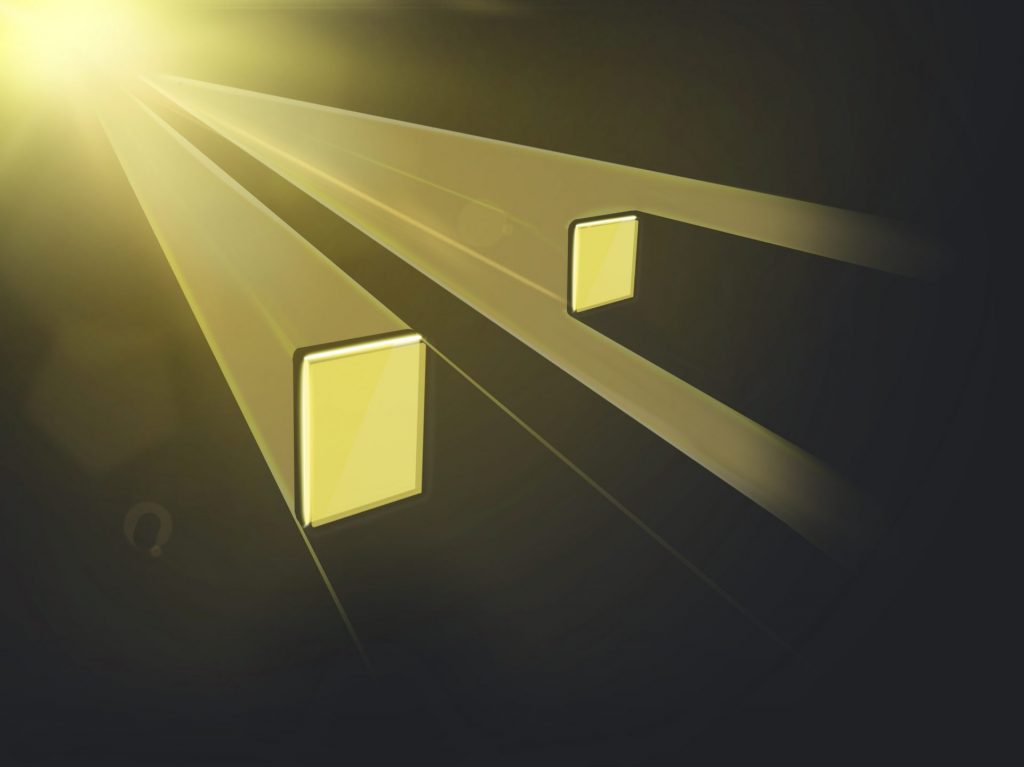
Let’s talk photography 📸
The exposure is an important value of your picture. An underexposed photo will cause details to disappear in dark areas such as shadows between tightly packed trees. On the contrary, an overexposed photo will “burn” the bright areas such as a light colored rock lit by a sun at its zenith.
A little reminder that the exposure is governed by three parameters: the exposure time, period during which the sensor is exposed to light; the aperture, to modify the amount of light admitted by the camera lens and the ISO, the value of sensitivity to light of the sensor.
In the case of LiDAR systems mounted on mobile vectors integrating vibrations, the exposure time must be short to avoid the blur of movement. Some lenses have a fixed aperture, others can be more or less open depending on the light conditions of the area.
Finally, a rule of thumb regarding ISO is to keep it as low as possible. Indeed, if you have to increase the ISO, due to a lack of light (winter day, end of day, extreme latitudes), then noise will appear on the image degrading the quality.
A little definition
The definition of your camera sensor, i.e. the number of pixels, remains an important factor in the final rendering of your photo. The more pixels your image is composed of, the finer the level of detail will be. However, it is important that the increase in the number of pixels does not imply a reduction in the size of each pixel. And it is here that we begin to understand the word of discord: the resolution!
Don’t confuse resolution and definition 🙅
Resolution is a pixel density, in other words, it is a number of pixels per unit area.
If we enter the race for megapixels, then let’s start with a constant pixel size. In this case, to go from a definition of about 20 megapixels to more than 60 megapixels, we will go from a sensor in APS-C format (16mm x 24mm) to a full format sensor (24mm x 36mm). In this situation, we not only increase the size of the sensor, but also of everything around it, and therefore its mass. Thus, for the same acquisition altitude, a much better sampling distance, often referred to as Ground Sampling Distance (GSD), will be obtained with a large sensor with more pixels.
Smartphones don’t fly!
We can already answer those who would have the crazy idea of flying the latest 108Mpx smartphones on a UAV. With the above notions, we understand that the high definition of these tiny sensors (6.3mm x 8.4mm), embedded in a corner of the phone, results from an extremely small pixel size (0.7µm). Thus, very little light will reach each pixel.
It will then be necessary to resort to ISO which will increase the noise. Also, the size of the pixels is sometimes so small that the separation power of the optics is not strong enough. The same light will go on several pixels side by side, annihilating the benefit of having a multitude of pixels. Moreover, most of the time, the “pixel-binning” technique is used by manufacturers to combine adjacent pixels with each other to end up with a photo of a much lower definition than that claimed. The image quality will not be good at all for photogrammetry work. See for yourself…
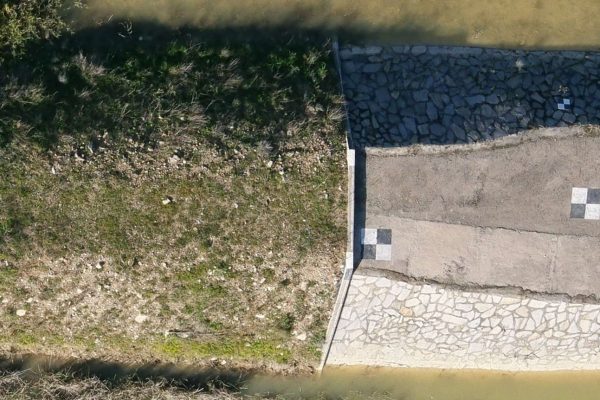
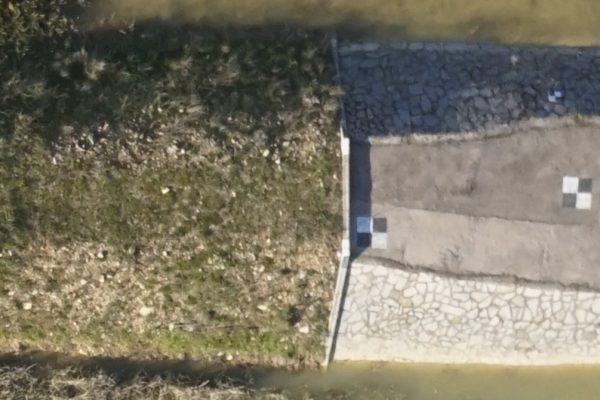
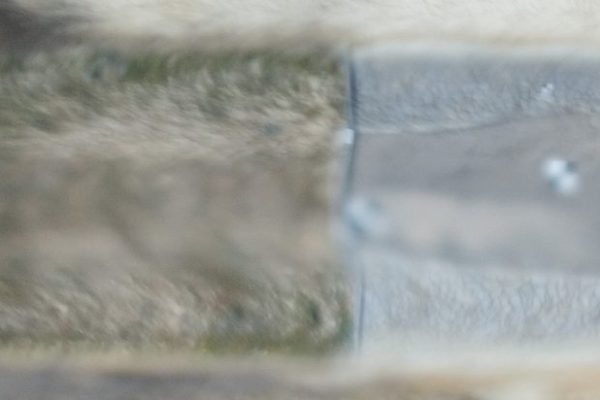
Will that be all? 🤔
The number of megapixels is an easy number to put on a specification sheet, often shown on the first product page as a performance indicator. However, this is not the only value to consider as many other parameters are equally important depending on the use you will make of your camera for your LiDAR projects. Describing your needs and getting information from experts in the LiDAR industry is the best way to avoid making a mistake based on common beliefs.



